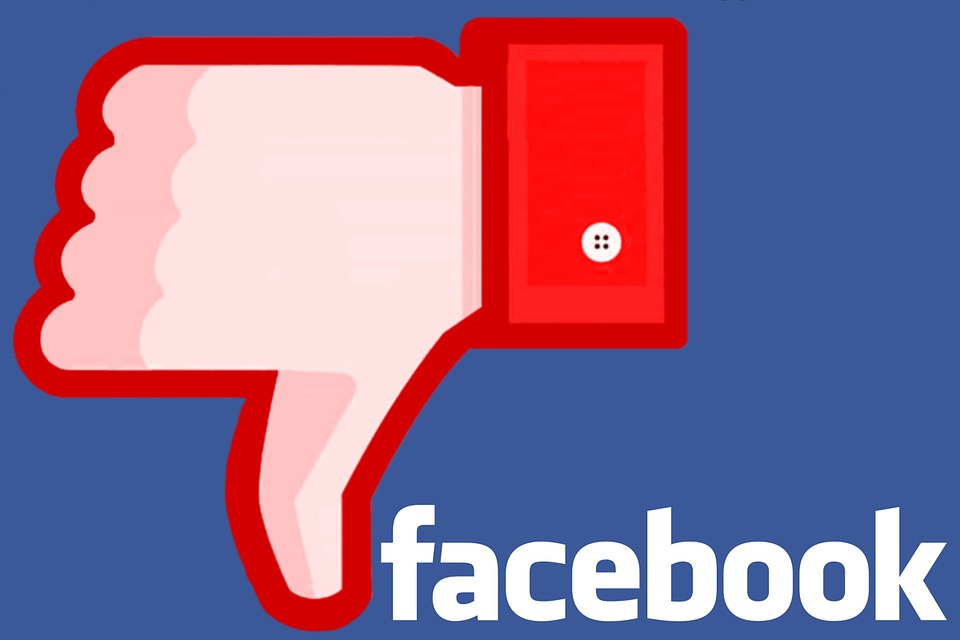As the wave of political correctness sweeps through the entire world, people have become more socially aware, and everyone is held accountable. Cancel culture is the most pervasive and complicated trend that has hit the internet in the last couple of years.
Wikipedia defines cancel culture as a variant of call-out out or outrage culture. It is a culture that involves public shaming of an erring individual and withdrawing all forms of support. At the heart of it, there is a mob mentality where the person who has been called out for a specific behavior is attacked, especially on social media.
But the fact is, many of these people who are called-out are typically those who have some level of influence on social media. Some of them are top celebrities and influential people in their own rights.
Some of these people are content creators on social media. This means that it is their primary place of work or a career. Cancel culture, or the phenomenon of canceling or boycotting this person or persons has become full-blown since 2018.
Today we take a look at how cancel culture could be harming more than just the careers of those who are canceled.
When does someone get canceled?
Canceling someone is basically boycotting or withdrawing your support from a content creator or a celebrity. It is typically done by unsubscribing and unfollowing them on their social media platforms.
Some of the main reasons why someone warrants cancellation include:
- Racist comments or behaviors, irrespective of whether it was in the past or the present. It also doesn’t matter much if the person has made a public apology for the comments or the behavior.
- Exhibiting sexist behavior or making comments about sexism
- Anything that is related to homophobia, transphobia as well as xenophobia
- Problematic behaviors especially on social media
- Any form of abuse online or offline
- Making insensitive comments about pedophilia
What constitutes canceling someone?
When an old tweet or a post from someone who is popular on social media surfaces, it is usually the beginning of the storm for that person. Companies and establishments are not spared either. Some of the biggest celebrities are also not excluded.
The supporters or the fans typically start a thread on social media using the cancel hashtags and starts the boycott. The most common characteristic is by unsubscribing and unfollowing these erring people across several social media platforms. Some go even far as to return the products and merchandise related to the canceled celebrity.
When big names are involved, people go as far as boycotting their public appearance. For instance, actor Kevin Hart was slated to host the Academy Awards in 2018. However, a couple of old tweets that were homophobic in nature were unearthed during the same year. The actor had apologized, but there was so much backlash that he eventually stepped down from hosting the Oscars, which was a dream gig for him.
On the surface, it looks like losing a handful of subscribers and followers on social media is not a significant thing. However, content creators, especially on YouTube, make content for their followers to make money. Their videos alone might not reel in the real money, but they use their presence on the platform to get brand sponsorships and business deals.
When someone loses a thousand subscribers, their potential for making money takes a direct hit. In March of 2019, one of the popular YouTubers, James Charles, lost close to 3 million subscribers within a couple of days when the crowd decided to cancel him. It is one of the most prolific fails that was witnessed in the beauty industry.
Although he has regained his lost subscribers, his recent launch of a beauty palette was less than stellar. This is in stark contrast to the first palette that was immensely popular and was sold out within days.
University professor at Michigan, Lisa Nakamura, is of the opinion that when you take away your attention, you are literally taking away their livelihood. This is true to a large extent.
Some of these people who are canceled are popular in social media. It is clear that their following and influence comes from their social media presence. When the entire population decides to withdraw their support, it is not limited to the digital platform.
In many ways, you withdraw your support financially as you stop buying their merchandise and products. You also withdraw your support emotionally as you no longer feel the connection with them. The canceled YouTubers almost always take a break from social media, citing problems with their mental health.
Can someone make a comeback after being canceled?
Some of the biggest names in the entertainment industry, including Katy Perry and Taylor Swift, have been affected by the cancel culture. However, these more prominent names have millions of followers who are willing to support them no matter what. They might be affected for a couple of weeks or maybe a season, but they can make a successful comeback.
Inherently, cancel culture is about canceling people for their actions and not for who they are. The bad thing about this is that some hardcore will not care about the public apology as well as the changed behavior. However, the good thing is that a lot of people are of the opinion that everyone makes mistakes but can grow from it.
YouTuber Laura Lee, who had been publicly canceled for racist tweets in the past and was made into a meme for her crying video, has since made a successful return to the platform. Kevin Hart continues to make movies and has since regained the support from his fans.
However, for those online influencers who rely on the internet for their popularity has a harder time bouncing back to their career. It takes time to regain the trust of their followers and brands as well.
Bottom-line.
Thankfully, cancel culture is beginning to slow its momentum. Regardless of whether it continues or not, it is always the right thing to be accountable for our actions and words. No one needs to be canceled in order to learn to be a kind and respectful person.
Cover Image credits: Photo by Rodolfo Clix from Pexels



